In this article, we’ll explore how lenses differ in appearance based on the manufacturer. With experience owning or testing most lenses, I believe I can offer insights into how different manufacturers approach their aesthetic choices.
I’ll concentrate on the major brands I’ve personally used, spanning both digital and film formats.
What is a camera lens ?
A camera lens essentially functions as a polished glass element that directs light to converge at a particular point. Naturally, the focal length of the lens dictates whether the frame will appear tight or wide.
Why does the look differ between brands ?
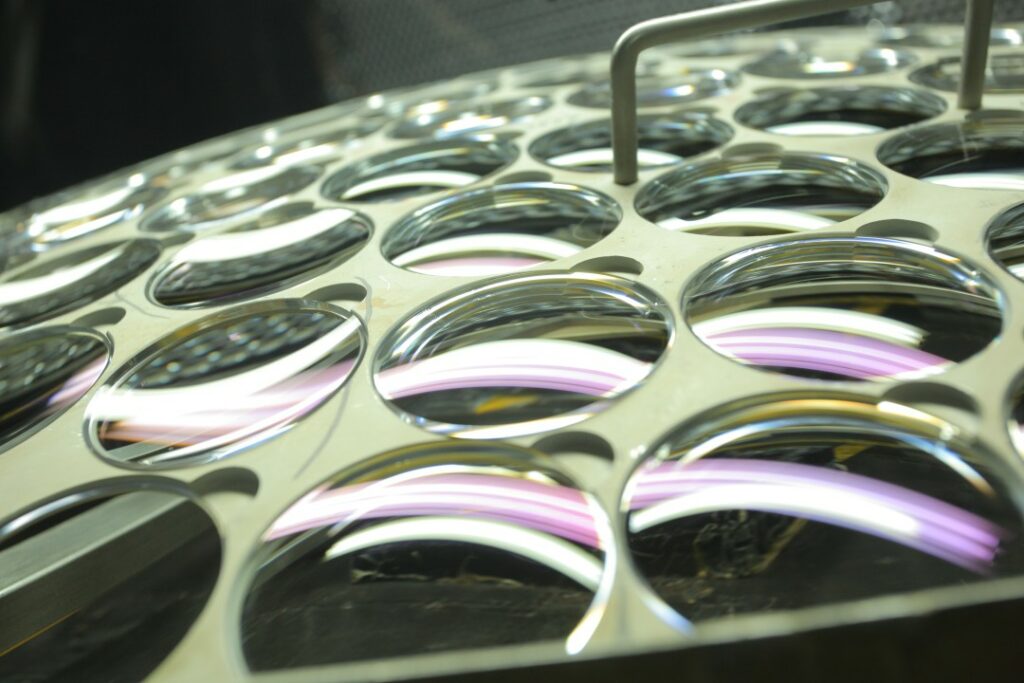
The construction of lenses can be likened to cooking. While two manufacturers may use the same ingredients and techniques, the results can vary significantly due to differences in the manufacturing process and artistic intentions.
Lenses are inherently designed with compromises. Manufacturers must weigh factors such as size, optical quality, and subjective characteristics like bokeh when making design decisions.
The brands and looks
German and Japanese brands predominantly manufacture lenses, each adhering to a distinct philosophy regarding aesthetics and lens design.
Canon
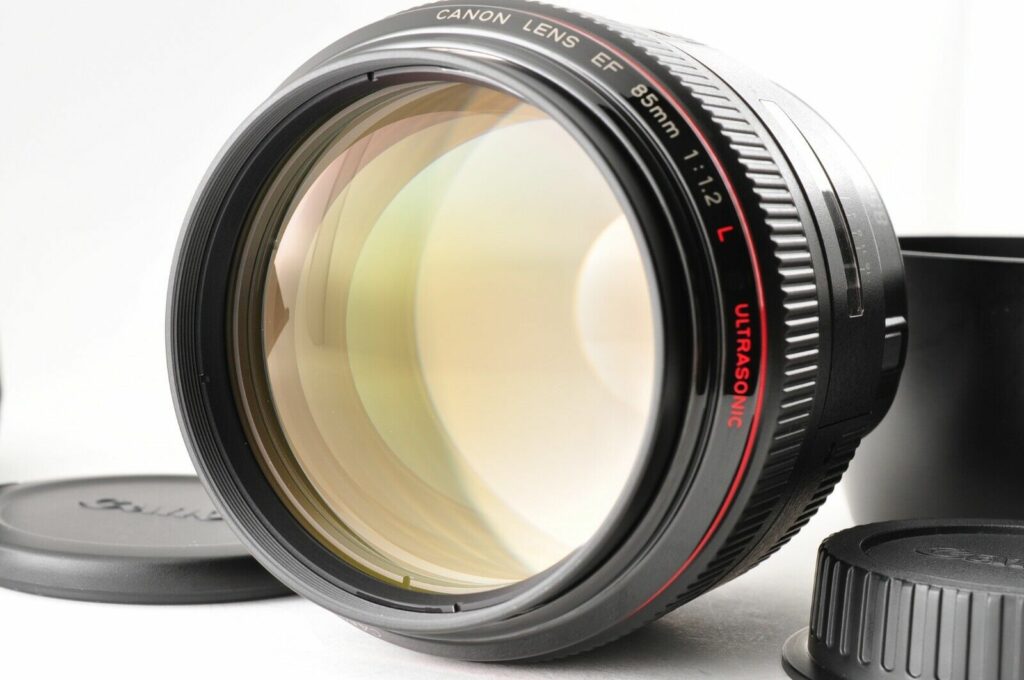
Canon is arguably one of the most renowned camera brands globally. Despite initially trailing behind and emulating Nikon, Canon has emerged as an industry leader in lens design over the past decades.
Their aesthetic has garnered considerable popularity among cinematographers, particularly since the introduction of the K35 lenses, which were adapted from their photography lenses utilizing an FD mount.
Colors
Being a Japanese manufacturer, Canon lenses typically exhibit a perfectly neutral appearance, possibly even leaning slightly cooler in terms of warmth compared to most. The micro contrast is very strong without feeling crushed.
Bokeh

For some reasons their Bokeh looks quite different and more blurry than most other manufacturers. It’s not necessarily the cleanest as it can look a little nervous at times.
It’s personally one of my favorite look out of most manufacturer since it has a translucent quality. It falls out of focus like a painting. Perhaps Canon are using some form of composite materials such as fluorite for their lenses.
Vignetting
Canon lenses, especially the ones with large aperture tends to show a large amount of vignetting. I really like the look of it for portrait although it can be a little much for other application.
Sharpness
Canon lenses appear notably sharp from a distance, causing subjects to stand out prominently, though not necessarily in a three-dimensional manner; instead, the edges are sharply defined.
However, for the EF mount, the level of detail may not always be as high. Nonetheless, the images they produce are generally pleasing, and they are seldom scrutinized closely.
Chromatic aberration and distortion
By today’s standards, EF lenses exhibit significant chromatic aberration until they are stopped down. Only with the RF mount has this been more controlled, although distortion has consistently been an issue with Canon lenses.
Nikon
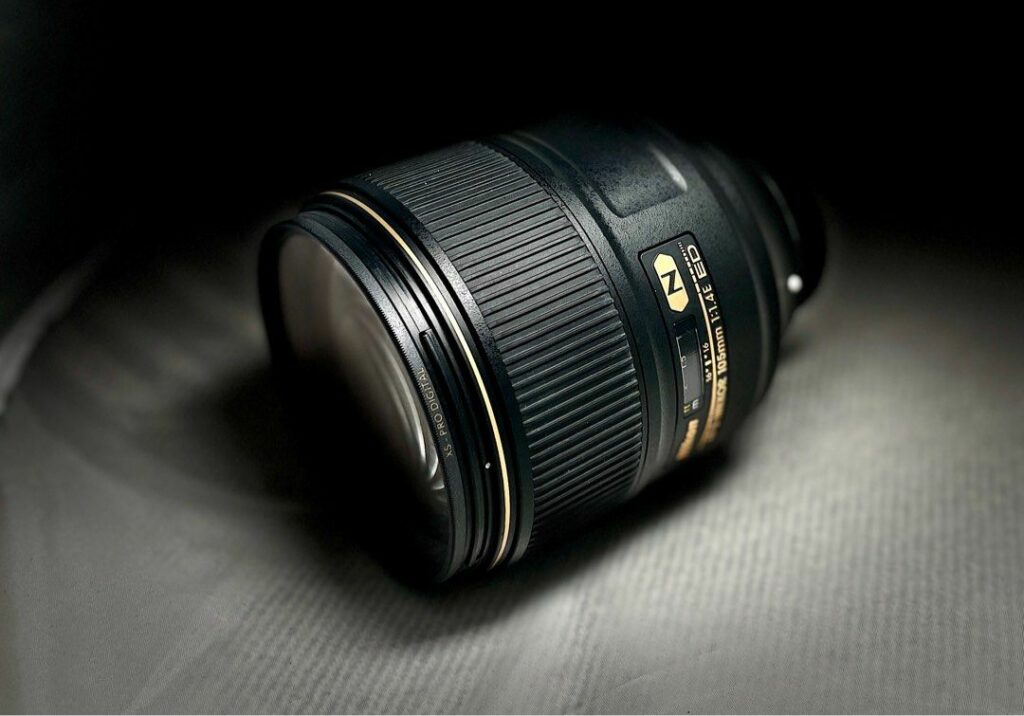
Nikon lenses were highly regarded during the film era. Even today, cameras like the FM2 paired with F lenses perform admirably. However, the F mount for DSLRs was somewhat underwhelming, particularly when compared to Canon EF lenses.
Colors
In terms of color, Nikon lenses exhibit a slight yellowish tint. They are not completely neutral and tend to be warmer compared to Sony or Canon lenses.
Bokeh

The bokeh produced by Nikon lenses is rather average. It lacks the impressive quality found in most Canon 1.2 L lenses. In comparison to other manufacturers, Nikon’s bokeh may be the least pleasing, although it’s still possible to capture beautiful blurry images.
Sharpness
Nikon lenses resemble Leica in appearance, lacking sharp or edgy characteristics but providing significantly more detail than Canon lenses.
Interestingly, while old manual lenses appear sharp with film, they aren’t commonly used for video with modern mirrorless cameras due to their softness and strong chromatic aberration, which presents a double-edged effect.
Chromatic aberration and distortion
Nikon lenses generally performed below average in these aspects unless they incorporated compensatory features like ED and aspherical elements.
For instance, the 50mm 1.4G lens was nearly unusable when fully open due to fine lines. Although JPEGs could easily correct this issue, considering its price, the performance wasn’t particularly impressive.
Leica
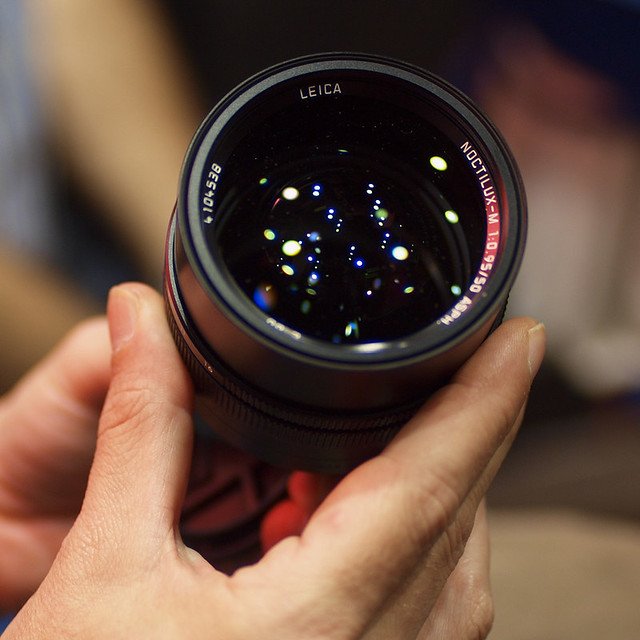
Leica lenses have long been associated with premium quality. Simply examining the construction of M lenses, for instance, gives the impression that they are akin to fine jewelry.
While advancements in mirrorless technology have enabled manufacturers like Sony and Nikon to achieve performance levels comparable to Leica, Leica lenses maintain a distinctive appearance and offer a size and weight ratio that remains difficult to surpass.
Colors
Leica lenses tend to lean towards warmer tones. In fact, when shooting with my Leica M6, achieving a cooler tint is nearly impossible.
Additionally, they possess a vintage aesthetic, characterized by pronounced contrast and an almost artificial color rendition, particularly evident when shooting on film. They still look good but definitely have a classic look to them.
Bokeh

The bokeh produced by Leica lenses falls somewhere between Canon and Nikon. It’s generally smooth but can exhibit some barrel distortion at times.
My encounter with the 50mm Noctilux 0.95 was intriguing; the lens imparted a lot of character to the images, although it wasn’t flawless optically. There’s undoubtedly a distinct identity to it, unlike the clinical reputation of Summilux-C lenses in cinema.
Sharpness
In terms of sharpness, Leica lenses exhibit a high level of detail and a three-dimensional quality, but it’s not as razor-sharp as Canon lenses. It’s more like a seamless transition between elements in and out of focus.
Chromatic aberration and distortion
Leica lenses are impeccably engineered and were unrivaled in correction during their time. This is partly reflected in the exorbitant prices they still command.
Honestly, owning a Leica is more akin to an experience than simply possessing a tool. It’s akin to having a Patek Philippe Swiss watch to tell time—a symbol of luxury and craftsmanship.
Today, most manufacturers also sell expensive lenses that are extremely well corrected, sometimes even surpassing the quality of Leica lenses.
Zeiss
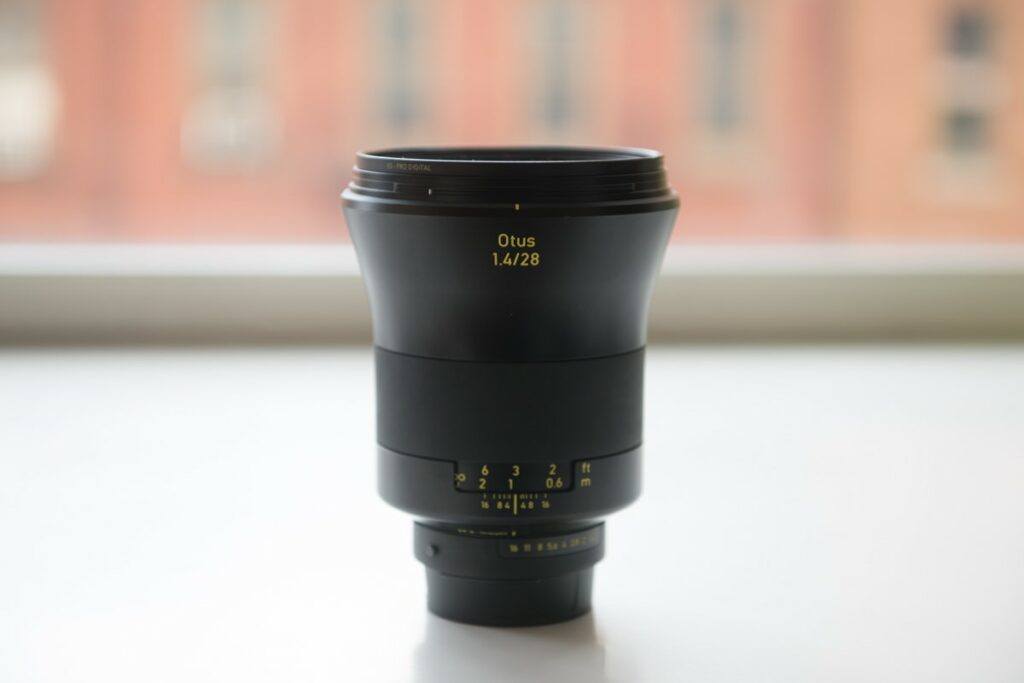
Zeiss is arguably one of the most renowned lens manufacturers globally, representing German excellence in manufacturing.
In my opinion, Zeiss produces some of the finest lenses, particularly in the realm of cinema when paired with an Arri Alexa. I believe the brand truly deserves its iconic reputation.
Colors
In my view, Zeiss lenses offer the most neutral and precise colors. They fall somewhere between the warmth of Leica and the pure white of Canon.
When comparing images captured with a Leica M6 and a Contax G2, the difference in color rendition is apparent, and to me, the G2 lenses appear significantly superior.
Bokeh
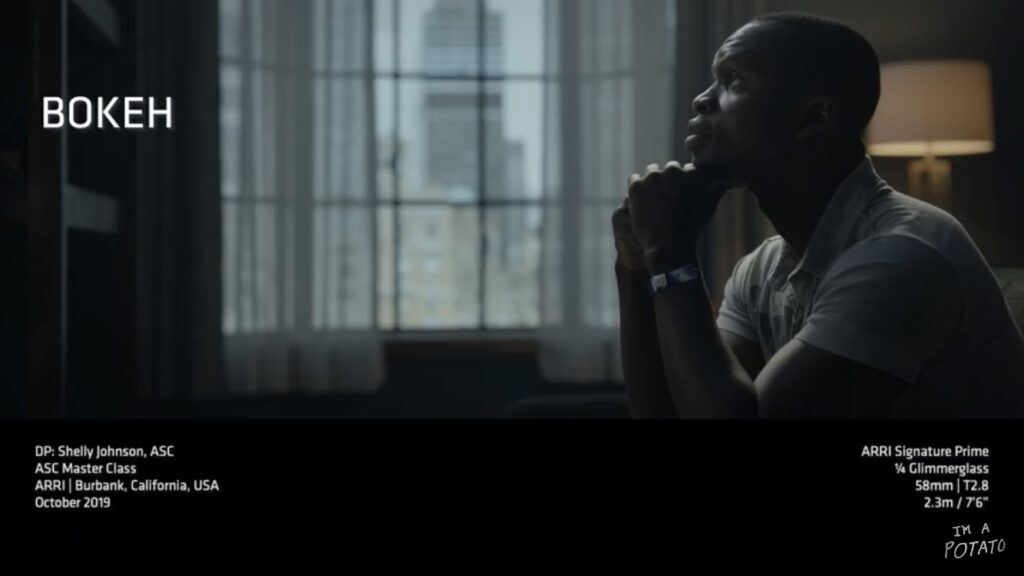
The bokeh produced by Zeiss lenses can vary greatly depending on the era and series, but overall, most of them exhibit excellent quality. Whether it’s the Super Speed, Otus, or Signature Primes, they all possess a distinctive and iconic appearance.
In my opinion, the Signature Prime and Master Prime lenses have the cleanest look. Their rendering is so refined that even Sony has adopted this aesthetic for their lenses. Out-of-focus areas smoothly transition into a buttery blur, creating a seamless effect.
Sharpness
Zeiss lenses boast exceptional sharpness and detail, striking a perfect balance between sharpness and clarity. The edges are sufficiently defined to enhance the subject’s presence, yet they retain a high level of detail even when magnified.
Chromatic aberration and distortion
Zeiss provides various tiers of quality, and when you invest in their lenses, you’re getting some of the most meticulously corrected lenses ever crafted.
In fact, these lenses are often designed to be manual, ensuring their enduring value over decades, even as camera mounts evolve and change.
Sony

Sony has collaborated with Zeiss previously and now manufactures its own lenses. Their approach seems to have been heavily influenced by the philosophy of the German manufacturer.
Although it’s just my perception, the formula appears to be very similar. Sony, being Sony, has even managed to surpass Zeiss counterparts with most of their GM lenses.
Colors
Similar to Zeiss, Sony produces lenses with perfectly neutral color rendition. They are perhaps just slightly warmer. This is advantageous as it allows you to capture the scene as it is and then apply your desired color grading during post-production.

For me, adopting a neutral approach is the best philosophy as it allows you the flexibility to pursue any artistic direction you desire.
Bokeh
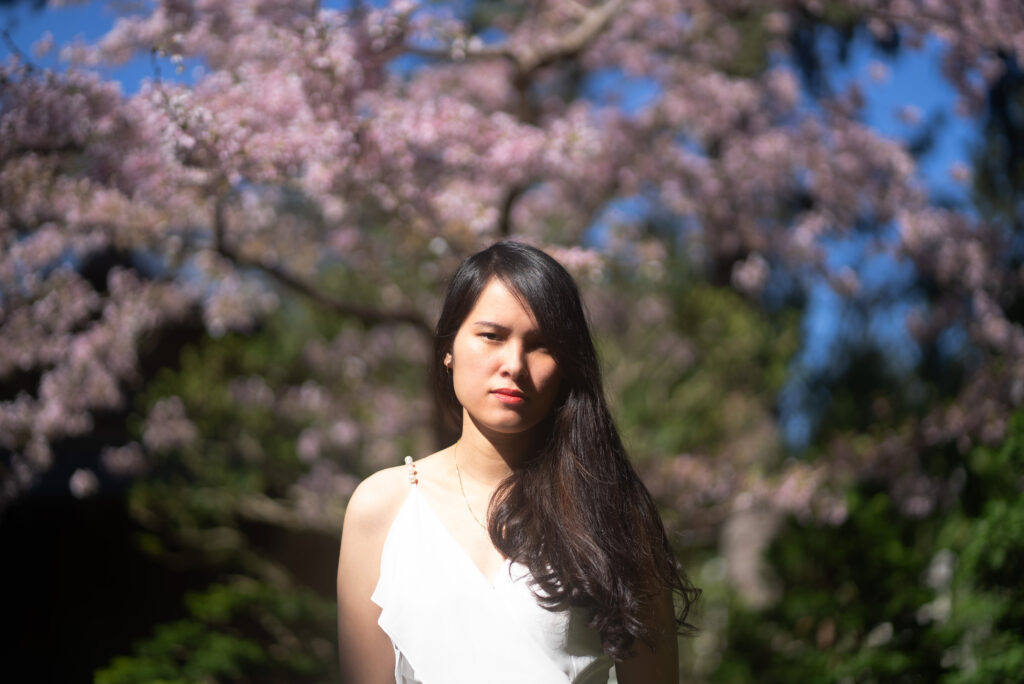
In terms of bokeh, I believe Sony lenses closely resemble the smoothness of an Arri Signature Prime, known as the benchmark for smooth bokeh.

While I appreciate Canon’s bokeh, I find that Zeiss and Sony lenses offer a more realistic, neutral, and overall more pleasing bokeh compared to that of Leica or Nikon. I believe Sony gained an advantage from being the last entrant into the market.
Sharpness
Sharpness levels are impeccable with the latest GM lenses. These optics are thoroughly modern, benefiting from meticulous engineering and leveraging extensive experience from other manufacturers.
To characterize the sharpness of Sony lenses, they exhibit the expected level of detail and visual appeal, delivering images with sufficient depth and clarity.
Chromatic aberration and distortion
Chromatic aberration is typically well managed, especially on GM lenses, surpassing the performance of equivalent Canon and Nikon lenses.
However, distortion is now rectified through in-camera profiles. Consequently, certain newer lenses such as the 16-35mm F4G PZ, the 20-70mm F4 G, and even the 24-70mm 2.8 GM II may display noticeable barrel and pincushion distortion before software correction is applied.
This basically means that you are stuck to the Sony ecosystem.
Fujifilm
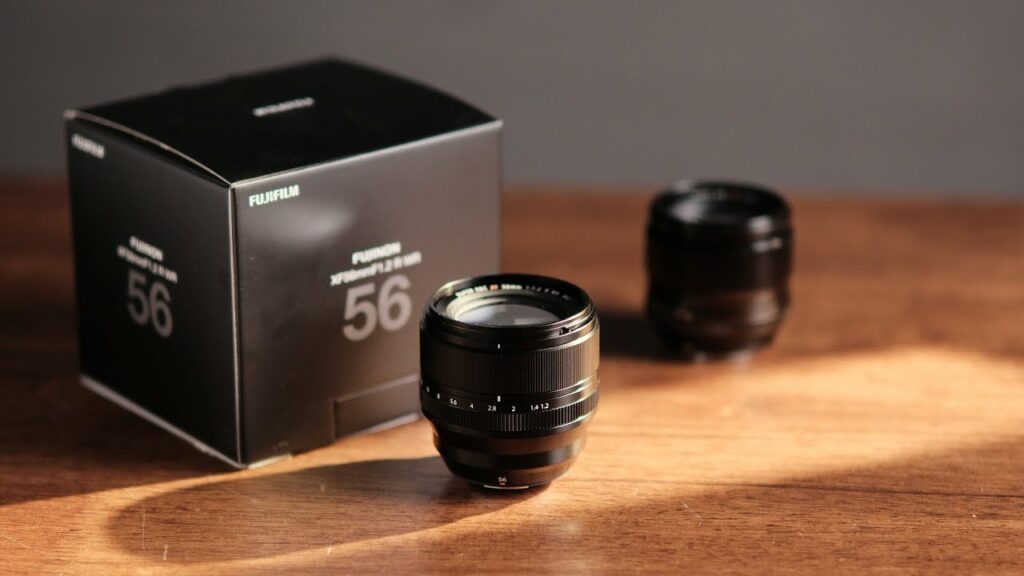
Fujifilm is undeniably a formidable competitor in the market. Their strength lies particularly in APS-C lenses, and currently, only Sony poses real competition to Fuji.
However, their lenses are not optimized for video, lacking features like stepless aperture and linear manual focus adjustments. Their newer lenses fair better but are still far from what Sony is offering.
Colors
Discussing colors and lenses without considering sensors is somewhat challenging. In my experience, Fujifilm lenses often exhibit a neutral or slightly green and cool tint.
However, with the capabilities of Photoshop, you can steer your images in any desired direction. Additionally, I have never had the opportunity to test a Fuji lens on a camera from another brand.
Bokeh

One aspect I appreciate about APS-C, essentially super 35mm, is the specific aesthetic it offers, ideal for capturing portraits with ample background blur while ensuring the entire face remains sharply in focus.
A noteworthy aspect of Fuji lenses is the three-dimensional quality of their bokeh, which is rather appealing. To elaborate further, it resembles the bokeh one might encounter in a video game, if that analogy makes sense.
It’s a double-edged sword because at times it can appear absolutely flawless, while in other instances, it can resemble an AI-generated image.
Sharpness
The sharpness of Fuji lenses will depend on the model and year of production. For example the XF 35mm 1.4 use to be a little soft although still usable.
But lenses like the XF 56mm 1.2 WR are stellar. Perfectly sharp from 1.2 from center to corner. These lenses are really impressive and the sharpness detailed and edge cutting.
Chromatic aberration and distortion
From my recollection of using the X100S, Fuji lenses were already well-corrected. Naturally, the 1.2 lenses may show some vignetting, but overall, chromatic aberration and distortion are very well managed.
With their system being APS-C or medium format, I sense that they miss out on the full-frame market. For instance, the equivalent of a 56mm 1.2 lens only costs 519 euros elsewhere compared to 1099 euros here.
Using a mist filter

An intriguing point to note is that employing a Mist filter can dramatically alter the visual appeal of the lens. Even with an F4 lens, you can achieve a creamy bokeh effect as the highlights blend softly into the image.
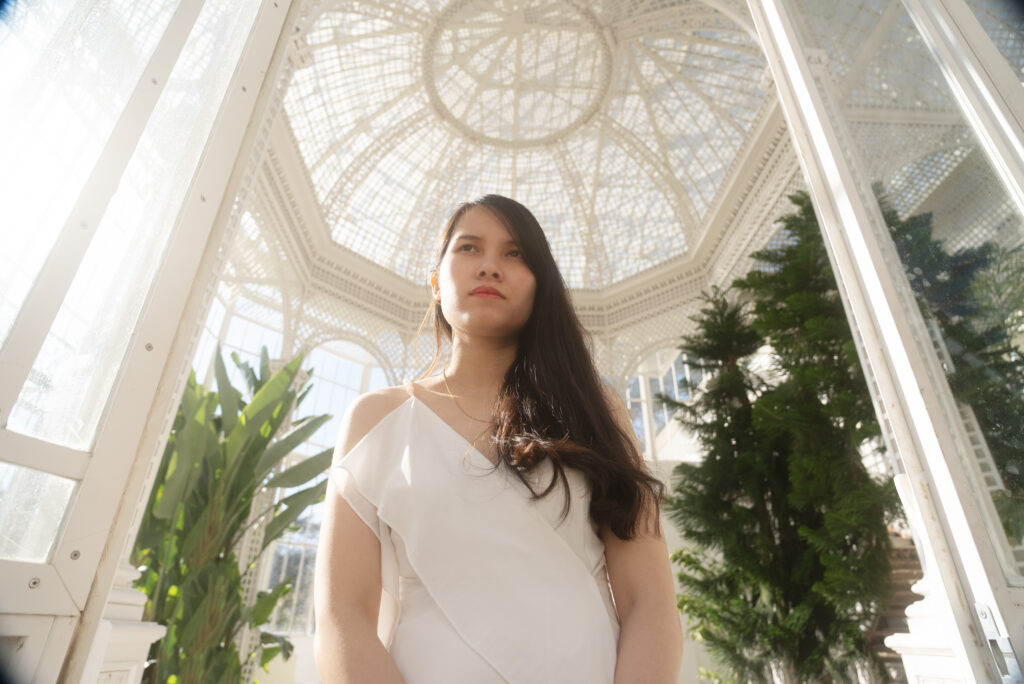
I also believe that using an F4 aperture setting is ideal as it allows you to capture the scenery while retaining the sense of depth created by the bokeh.

To achieve this, you may still need to move closer to your subject and possibly adjust the focal length. However, in my opinion, these images appear much better than when shot wide open at 1.8 or 1.4.
Conclusion
Camera lenses and manufacturers often adhere to their own philosophy and aesthetic. Although most modern lenses are quite comparable, there are subtle differences that make each manufacturer unique.
In my opinion, all of these lenses can yield excellent results, and it ultimately boils down to personal preferences. I think that most individuals won’t even discern the differences, including professionals.
I still believe that full-frame lenses with the Zeiss and Sony look appear the cleanest among these manufacturers, while Fuji and Canon offer a pleasing aesthetic that is also highly effective.
The sensor and color science also play significant roles in determining the final appearance of the image.
Information
Our Video Production Company: https://www.neonnight.fr/en/


GIPHY App Key not set. Please check settings